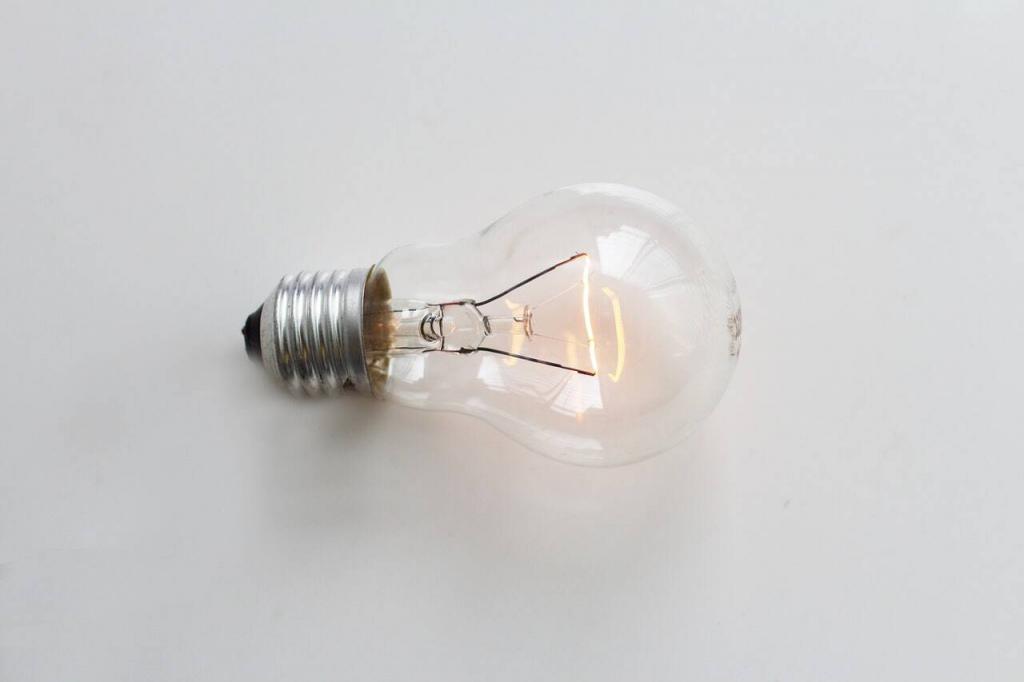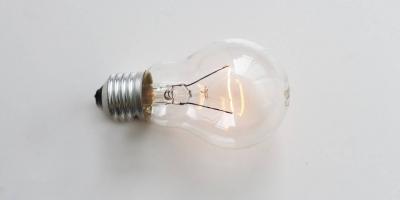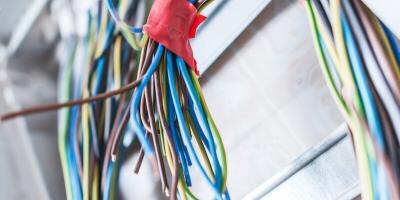An incandescent light bulb is an electrical light source that emits light by heating up a wire filament until it glows.
Moreover, this technology lit up the dawn of the lighting industry and was used widely in Sydney’s residential and commercial areas.
On the other hand, the increasing demands for a more efficient light source and lighting innovations, the traditional filament bulb has come to a drastic descent. Before we dig into it, let’s see why incandescent bulbs are being phased out.

Incandescent Bulbs in a Nutshell
Incandescent bulbs come in various designs, materials, voltage, and power rating. The most common types of an incandescent light source include:
- Halogen Bulbs
- Tungsten Filament Bulb
Furthermore, incandescent bulbs are known for their highly inefficient light output. A regular incandescent bulb converts more than 95% of the total power consumption into heat, rather than light. Besides, these bulbs require a serious amount of power to function. Thus, they contribute largely to greenhouse gas emissions.
The Crackdown of Incandescent Bulbs
Since incandescent bulbs consume more power for low light output, they waste significant volumes of energy and are contributing to greenhouse gas emissions. That’s why in 2009, the Australian government cracked down the sale and importation of low-efficiency bulbs in their markets.
But it does not end there, as Australian legislators also took steps to put the production of incandescent lights to a stop. Within the next few years, these bulbs have entirely vanished from the shelves.
Phase-out of Incandescent Lights
Despite the actions committed by the government to shift to high-efficiency lighting, 45% of households were still using incandescent lights ‒ with 13% being regular bulbs and 32% using halogen lights.
Because nearly half of the total household population still uses inefficient lamps, the government decided to eliminate incandescent light bulbs completely. Hence, in 2018, the COAG Energy Ministers have agreed to shift to cost-effective and high-efficient alternatives and phasing out the remaining halogen and incandescent bulbs.
Moreover, the regulations to ban halogens and incandescent lights will be set into motion in September 2020, with respect to the revised European Union (EU) policy.
Thus, we will expect halogen lamps and incandescent bulbs to die out in Sydney completely and for households and commercial facilities to shift to a more reliable and efficient light source.
The Transition Towards Efficiency
The successive actions of the administration to improve energy efficiency standards cascades down to a shift to a cost-effective and more efficient light source for households and businesses.
With the advent of lighting technologies and advanced options, compact fluorescent lamps (CFLs) and light-emitting diodes (LEDs) are becoming more widespread, replacing the traditional incandescent bulbs.
In other words, more lighting choices are now available that are also helpful in saving energy and achieving better lighting designs.
Conclusion
Environmental concerns fuel the government’s actions to phase out incandescent bulbs and to reduce overall energy consumption. In addition, people are now buying into LEDs and CFLs because of their broad price range and energy-efficient options.
Furthermore, the Australian administration widely promotes the use of LEDs as your primary sources of artificial light. So if you still have an old filament bulb lying, it’s time to take a step towards efficiency by replacing them with an LED bulb.
If you want to upgrade your lighting system without worrying about electrical faults and personal risks, Gordon Powers will gladly help you through it. We have the skills and equipment to execute any lighting installation and repairs wherever you are in Sydney.
Our master electricians will give you a wide range of electrical services, such as LED lights installation, electrical inspection and maintenance. We are available 24/7 to conveniently improve your electrical system swiftly and safely.
Team up with our Level 2 electricians today and call us at (02) 8378 2829.










